
The sun was blazing as 160 Maasai athletes along with hundreds of spectators, media and dignitaries had gathered for the day. Some were dressed in traditional attire: colourful beads, bright shukas, tinkling chains and metal disks; a sensory reminder of how the Maasai Olympics came to be. Organised by Big Life Foundation, this edition of the Olympics felt particularly special, as it was two years overdue on account of the pandemic.

Back in 2008, a group of concerned menye layiok or Maasai cultural fathers, approached Big Life with the idea to create an organised sports event celebrating warrior skills, which we wrote about back in 2019. Behind it was the desire to replace the traditional Maasai rite of passage — which entailed the killing of a lion — with a more sustainable alternative that still celebrated the world-famous abilities of Maasai ilmoran or warriors.
Confession: when it comes to most sports, even as a spectator, I am completely clueless. But arriving at the fifth biennial Maasai Olympics held in Kimana Sanctuary (the future home of Angama Amboseli), even a novice like me was easily able to recognise the events in the programme: 200-metre, 800-metre and 5,000-metre races; throwing contests; and a high jump. Five categories in total (the races having both male and female competitions) and every single one defied my expectations.
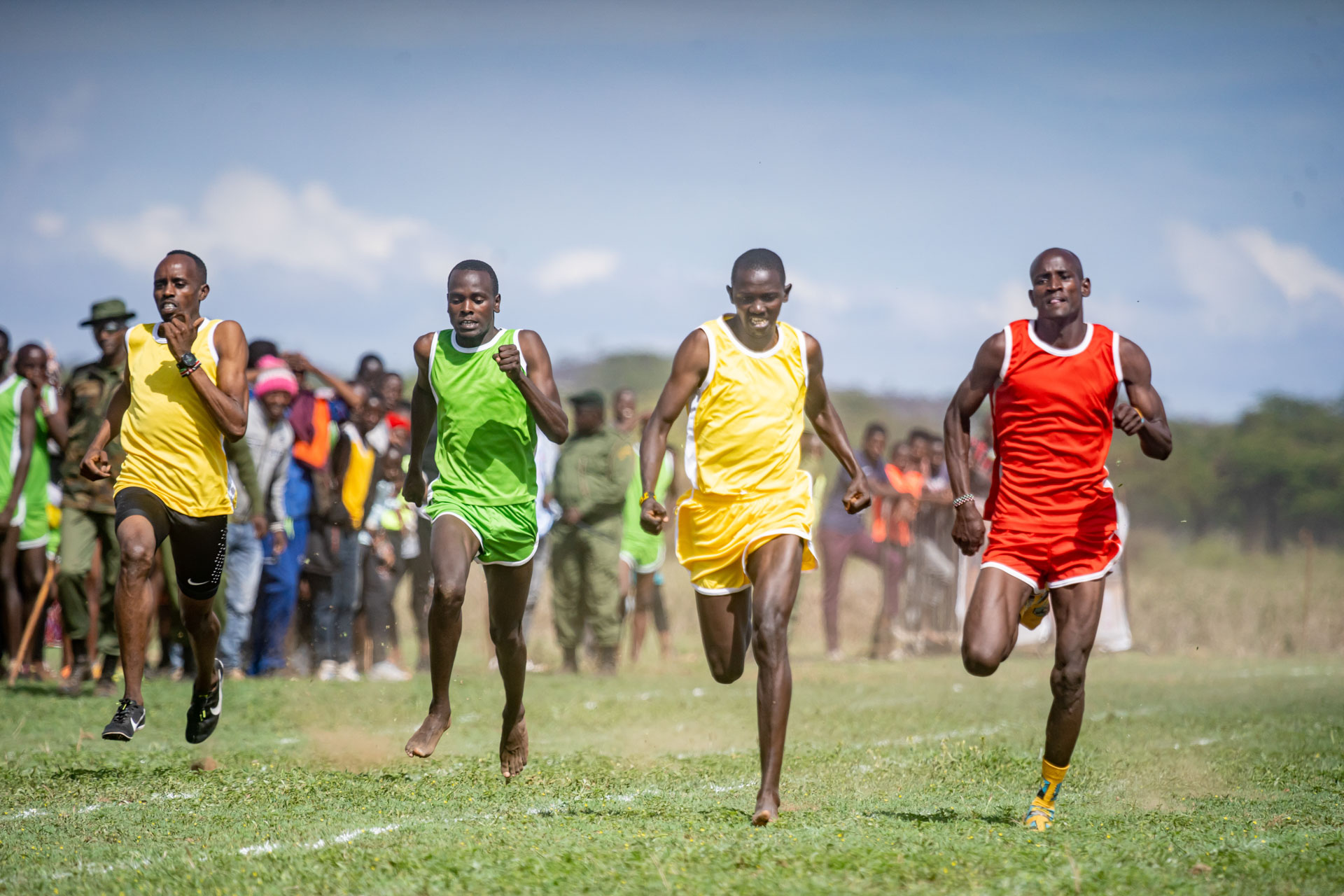

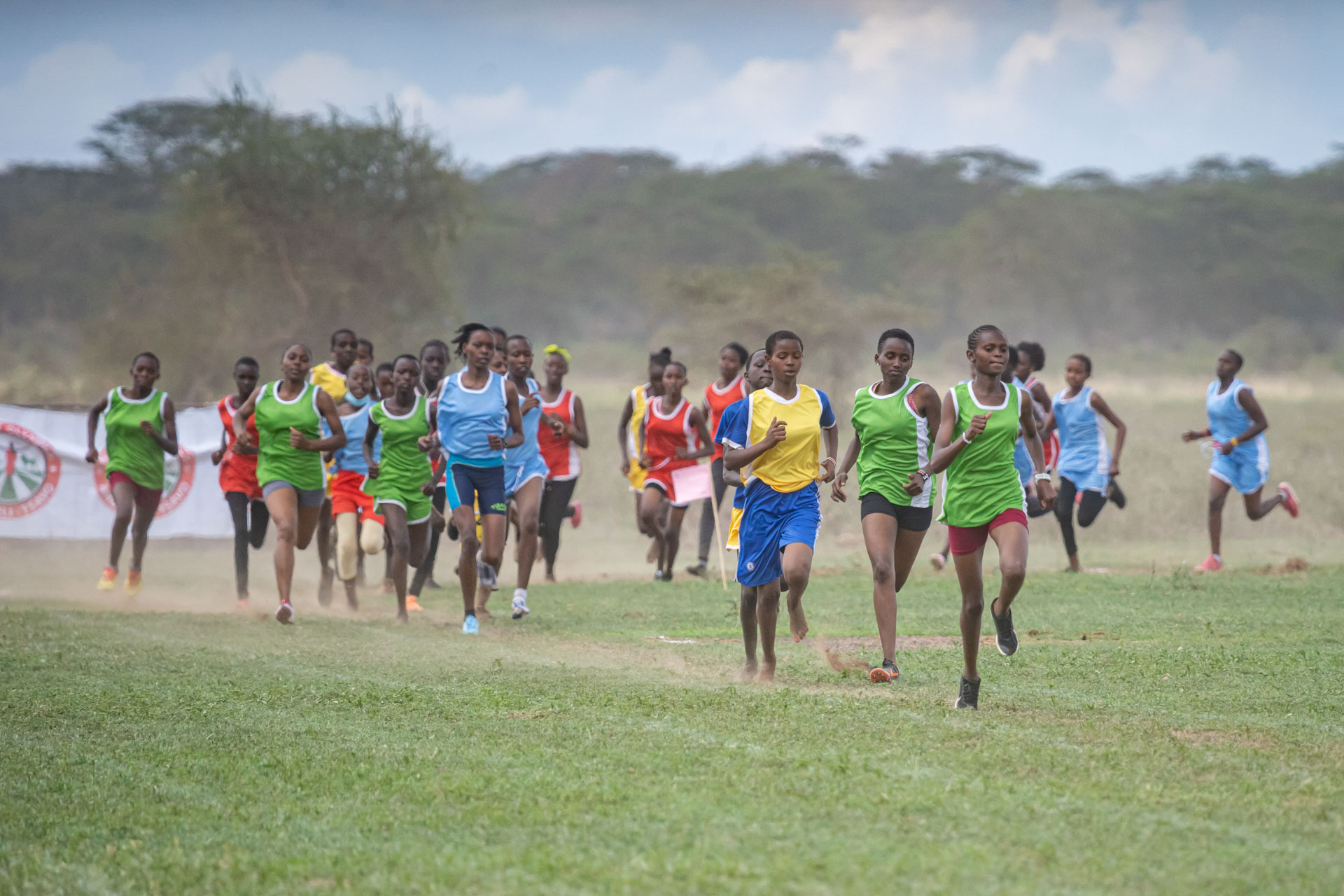
The running was faster than I could ever have imagined, each stride seemingly effortless (and in some instances, even barefoot). Rather than throwing a javelin and discus, the warriors threw traditional spears and rungus. And the high jump? Well, let me save that one for a little later.
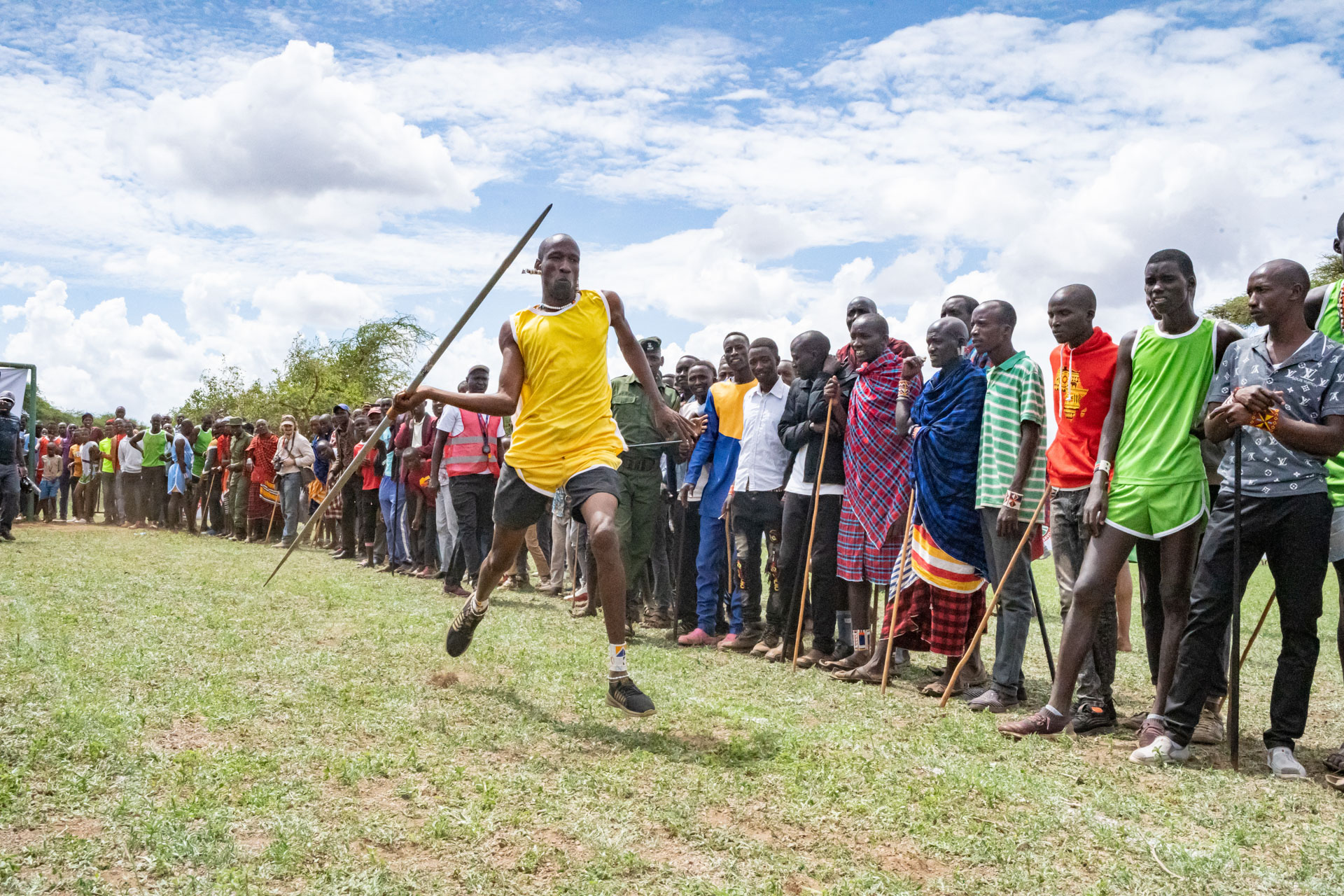

Athletes belonged to one of four teams, based on the manyatta, or village, they came from: Eselenkei, Kuku, Mbirikani or Rombo. As the day progressed and the mercury crept higher, the crowd’s chanting and cheering became louder — and Mbirikani’s lead grew.
By around 3pm, just one event remained: the high jump, and it was immediately clear this was the moment everyone had been waiting for. In tune with the sense of excitement, a clap of thunder commanded attention — and the heavens opened. With the Greater Amboseli ecosystem being in the grip of a terrible drought, the downpour took on a special significance — an inconvenience but a greater cause for celebration.

After most of the rain had abated, and just a drizzle remained, the officials erected two poles, with a rope running between them. At well over six feet high, we were confused — how would anyone be able to jump over that? Within a few moments, we realised our mistake — this was the Maasai Olympics after all. The 'high jump' would be in true Maasai style, jumping to touch the rope with the top of their head. Every attendee circled tightly, jockeying for position to witness this marquee event. Round after round, the rope was lifted higher, until just two competitors remained, both from Mbirikani, solidifying the victory for their team.
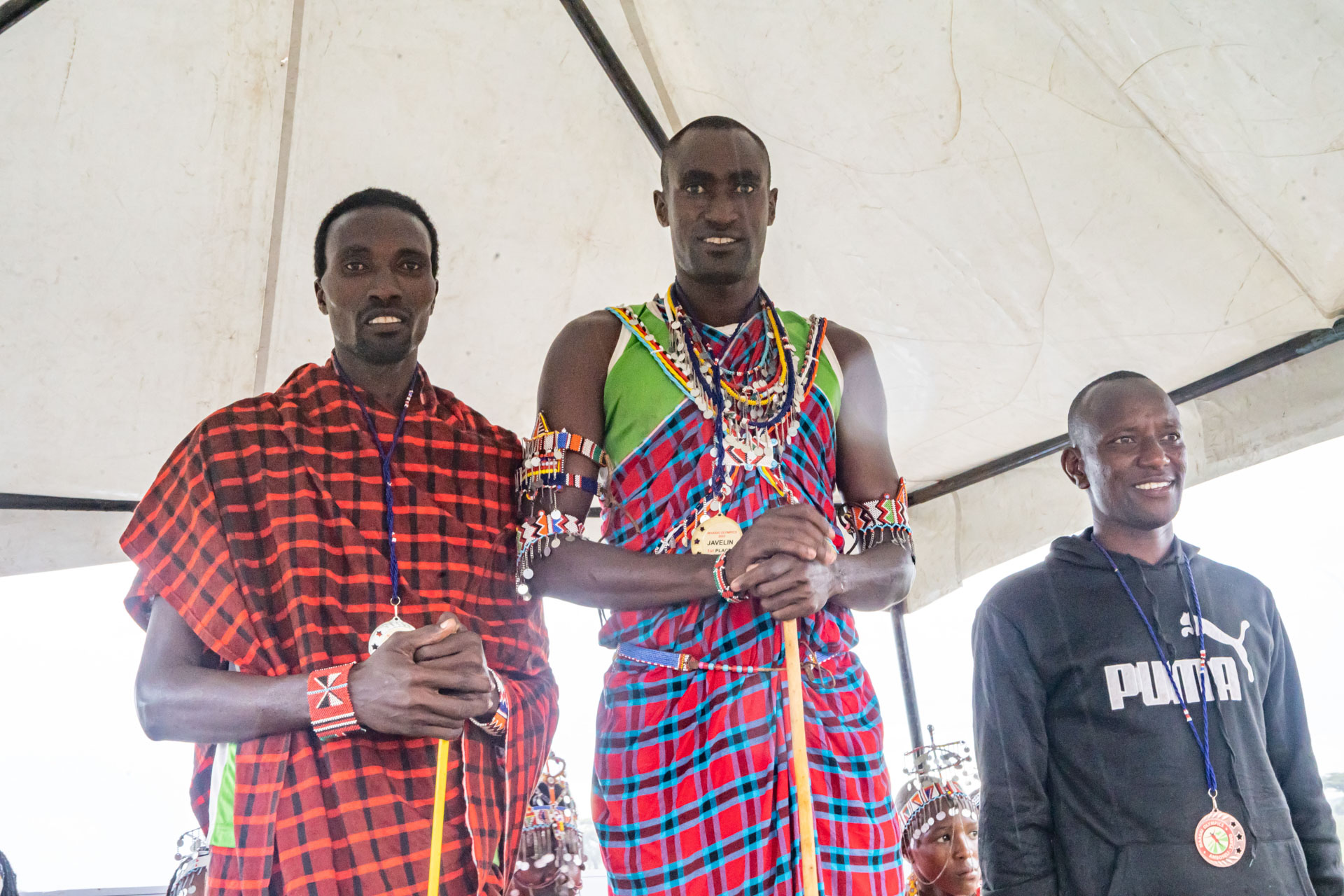
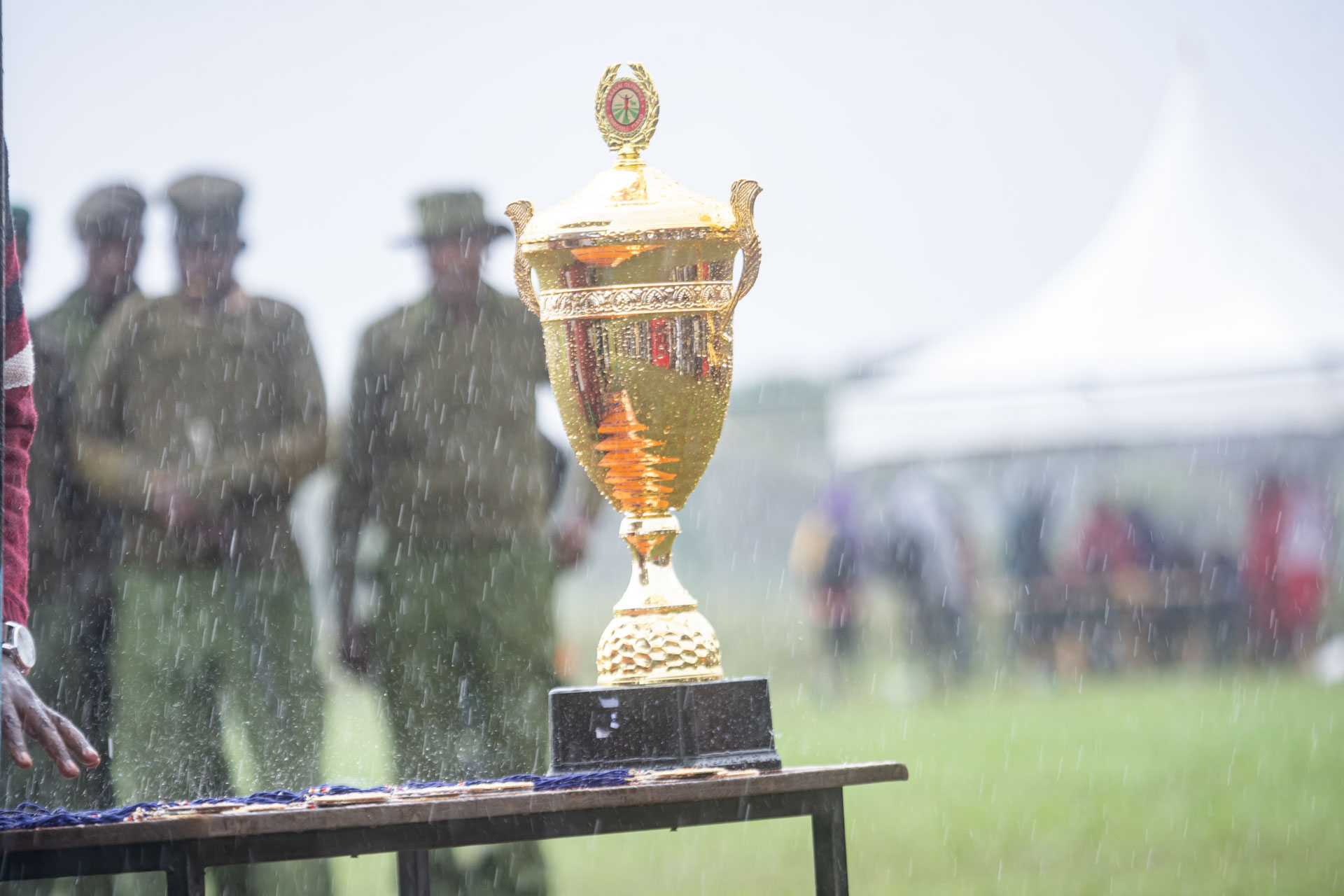
As the rain continued to fall, medals and cash prizes were handed out along with a trophy — and male cow, naturally — for the victorious Mbirikani village. But the Maasai Olympics is about much more than the prizes handed out at the end of the day. It is about community spirit, celebrating culture and safeguarding the Amboseli ecosystem for generations to come, for all who call it home.
Filed under: Stories from Amboseli
Subscribe for Weekly Stories
Comments (0):
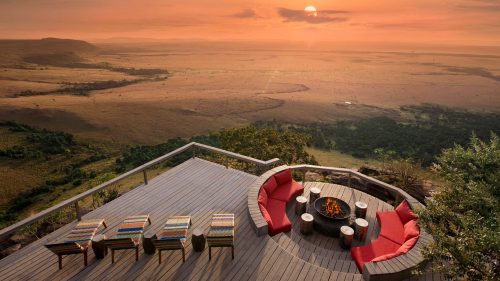
Angama Image Gallery